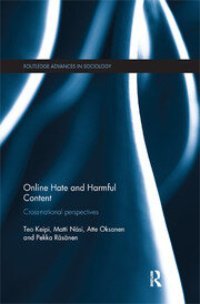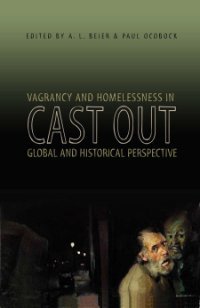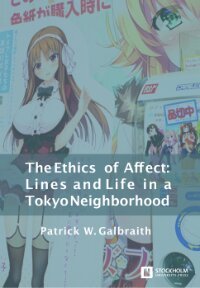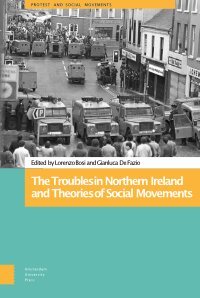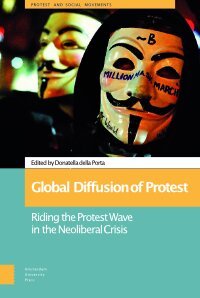By Eirini Avramopoulou and Irene Peano.
Porno-Graphics and Porno-Tactics asks whether, and how, it is possible to re-appropriate pornography and think through it critically and creatively for a project of liberation. In the different contributions which make up this deliberately heterogeneous collection of short, non-canonical essays, such a quest proceeds by re-articulating the aporias of desire, intimacy, touch and seduction. It also relates them to claims of visibility, visions of emancipation and its failures, as well as to the politics of violence that we get exposed to through circulating images and affects. This is an attempt to exceed the limits set by and for ourselves in relation to how we connect to our own bodies, to the bodies of our lovers and to the bodies of the theories we live with, sleep with and dream about – in short, to all that we get attached to. The editors and contributors of this collection do not claim the euphoric potentiality of pornography as necessarily subversive and emancipatory, but are nevertheless open to the possibilities of re-shaping it (in textual, contextual, intertextual, but also affective and embodied forms) through different graphic and tactical/tactile inscriptions. On the one hand, authors reflect on definitions and practices of pornography as a genre adopting specific codes and canons, whether it is concerned with sex acts and the industry of porn or with other predominant forms of representation and the structures of power underlying them. On the other hand, chapters relate to the more affective, libidinal, synaesthetic and inter/subjective dimensions of pornography, and on the capacity of different reappropriations to subvert its limits.
Punctum books. (2016)




